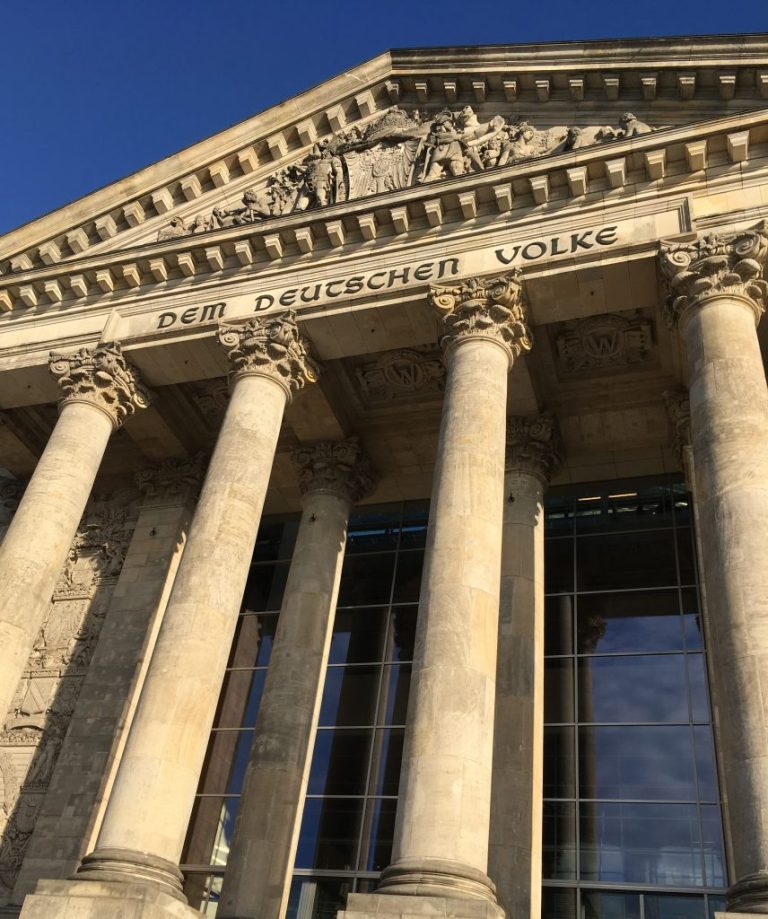While traveling, I have visited magnificent monuments as well as sites of great tragedy. Travel offers an important opportunity to learn not only the good (the art! the architecture! the food!) but also the bad. Thoughtful memorials are built to preserve the memory and the lessons learned in humanity’s darkest moments.
Earlier this summer, I visited one monument that is all too relevant today: Auschwitz.
I read the news today, oh boy
On Saturday night, I sat and scrolled through the news and comments coming out of Charlottesville, Virginia. Yes, I know there are populist movements rising in all different parts of the Western world. There has been an increase in violent, racially-motivated attacks. There are all the racist and provoking statements Donald Trump has made. Yet, it didn’t seem that it could really be happening.
A white supremacy rally in 2017? Really?
In the morning, I woke up and saw the news that came out overnight. The death, the violence, the calls to ‘go home’. It seemed surreal. Haven’t we learned these lessons from hatred already?
On a day trip from Kraków, I set off for Oświęcim with four friends to see the largest concentration and extermination camps of World War II.
Visiting Auschwitz
As you might imagine, the whole experience was haunting. We started at the original camp, Auschwitz I before going to the purpose-built Auschwitz II-Birkenau. Our tour guide asked for quiet and respect as we approach the entryway. The crunch of gravel and our guide’s somber words were all we could hear; the whole complex causes a quiet even on bright summer’s day.




The whole camp seemed impossible. Walking down the hallway of prisoner’s faces, the names and dates cry out a story of a continent swept into a frenzy of fear and hatred. The cruelty and precision seem inhuman. In June, I thought, ‘How could this be?’
How?
In August, I think to the rally in Charlottesville. That’s how. Casting broad strokes, blaming ethnic and religious groups, polarizing people to extremes that ultimately cause terror. Breaking the world into simplistic blocks that can be forcefully rearranged to better suit some. A leader who avoids using the strongest and most accurate words to condemn these movements. A leader gaining political capital on the back of hatred and violence. Words matter.

From my place of privilege, I’m uncertain what my words can do. But it’s not a time to stay quiet. We need to talk about prejudice and inequality and terrorism. We must remember our history.
Those who cannot remember the past are condemned to repeat it. — George Santayana

















